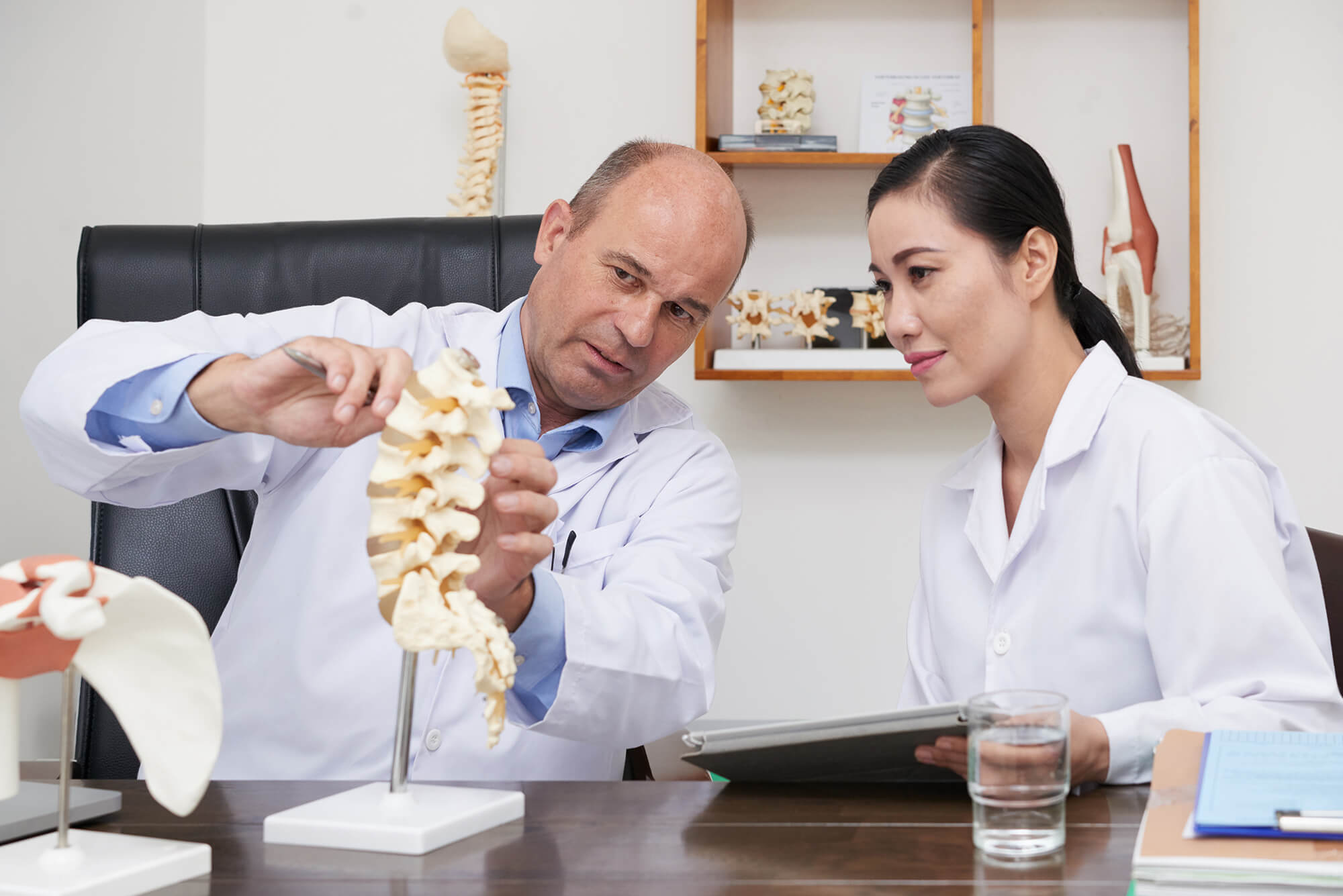You don’t have to be a pro athlete to benefit from strength training. According to a large US cohort study by the CDC, strength training for just one to two hours a week can help you live a longer, higher-quality life. Yet, 80% of American adults don’t meet the minimum cardio and strength training requirements.
One of the reasons for this benefit is how working your muscles both retains and improves bone and joint health. Whether you choose weight machines, kettle balls, free weights, or resistance bands, you get these five key bone and joint benefits from building your muscles.
1. Increase Bone Density
Working your muscles can slow bone loss that naturally occurs as you age, in addition to helping you build stronger bones when combined with proper nutrition. Stronger bones help you stay active and engaged with life rather than finding yourself on the injured reserve list for the season.
2. Reduce Wear and Tear
When you have strong muscles, you move more smoothly. Ligaments, tendons, bones, cartilage, and fluid all work together as they should, reducing wear and tear and sudden injuries like landing wrong on an ankle.
3. Improved Balance
A small randomized controlled trial on 50 healthy individuals ages 65 to 82 found that those who strength-trained three times a week had significantly better balance and stability than the control group.
While scientists are particularly interested in how strength training helps seniors, we can benefit from better balance at any age. Improved balance also reduces your risk of injury to stay in the game.
4. Reduce Joint Pain
Many people think overuse leads to joint pain. But underuse can as well. Joints become less lubricated, and joint tissue even break down when disused. Then, when you do use those joints more than usual, stiffness, inflammation, and arthritis pain occur.
The good news is, if you slowly start working these joints again, incrementally increasing weight and using slow, intentional movements, you can reverse these symptoms. With that said, if the pain is sharp and severe, you should see your doctor.
5. Maintain a Healthier Body Composition
A pound of muscle burns more calories than a pound of fat does, so changing your body composition in favor of lean body tissue can improve how you use and store excess energy from food. If you’re carrying some extra fat, building some muscle can cause you to lose weight. As a result, your knees and ankles have less weight to carry, reducing pain and improving lower body joint health.
How to Start Strength-Training
If you’re currently not strength-training, start slow and low (weight) to reduce injury risk. You can realize the benefits of muscle training at any age. It’s important to work all of your major muscle groups:
- Legs
- Chest
- Back
- Shoulders
- Abs
- Arms
These muscle systems are connected, so commit to strengthening all of them rather than focusing on bigger arms, for example. And you don’t have to spend every day in the gym or get bulky to benefit from strength-building. The CDC study found that the general health benefits maxed out at about 2 hours a week. If you’re questioning whether you should start a new muscle-strengthening routine because of pain, inflammation, or a previous diagnosis, schedule an appointment.


